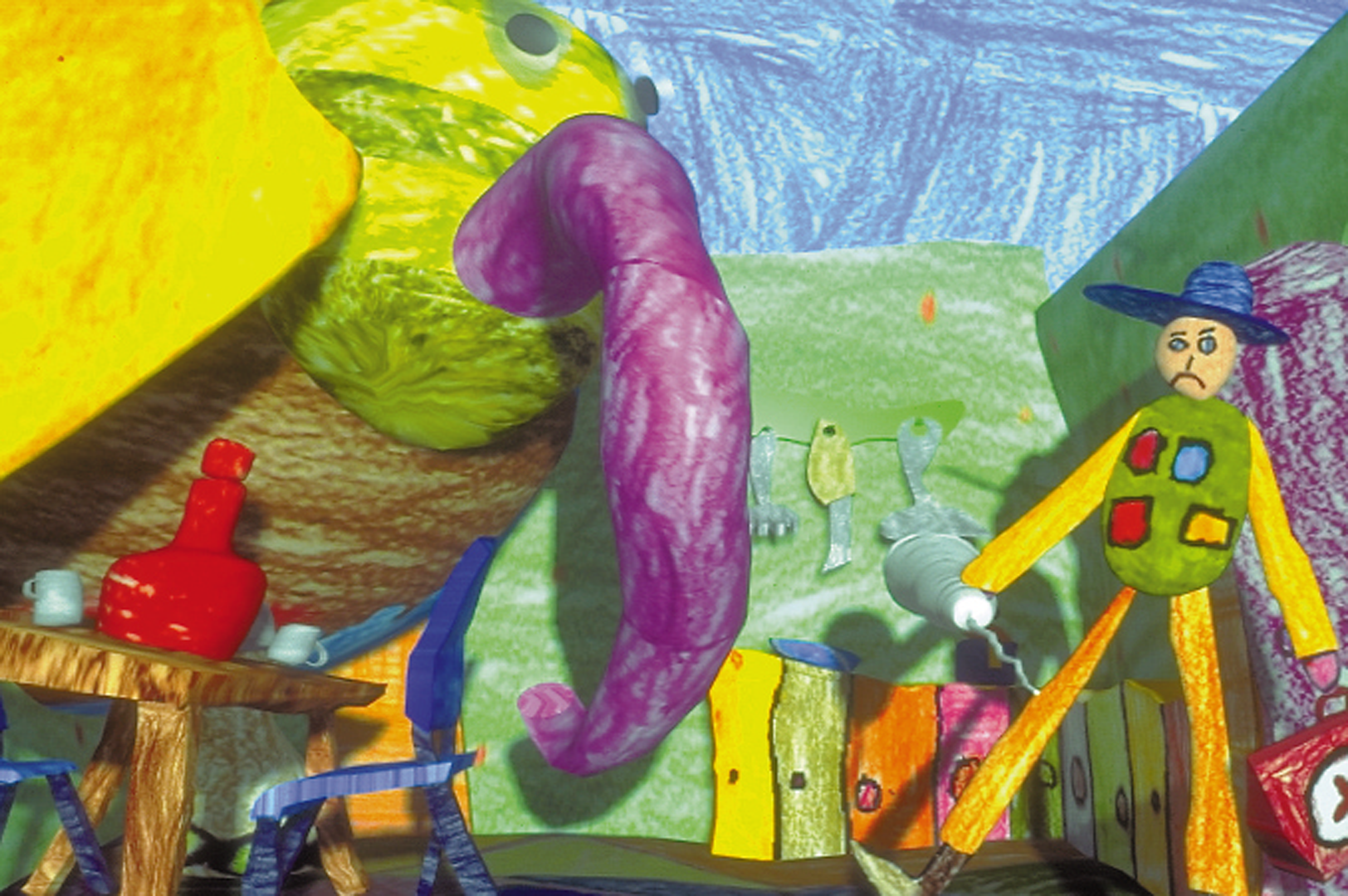“Web Pages, Interactive Interfaces, and Worm Holes: The Next Generation of User Interface Designers” by Coleman and Bahruth
Conference:
Type(s):
Title:
- Web Pages, Interactive Interfaces, and Worm Holes: The Next Generation of User Interface Designers
Presenter(s)/Author(s):
Abstract:
IBM wanted to work with elementary school students to see how the next generation of computer users viewed state-of-the-art technology, Internet communications, and software user interface design. We hoped that this insight would help us improve our products for these future customers. As information developers, we are using the Web more frequently to deliver technical information to our customers. We also work on teams in order to complete all our projects. We decided we could learn how children view the Web by teaching them how to put together a Web site of their own.
Through previous contacts, the IBM team leaders approached the principals at Regina Coeli and North Park Elementary Schools and asked them if they would be interested in working on this collaborative project.They accepted the offer and selected students and faculty advisors to join the project. Each school team consisted of eight accelerated students, boys and girls in the fifth and sixth grades, school librarians, and technology teachers.IBM kicked off the project by meeting with all 16 students and advisors at Regina Coeli. We talked about the project – what we expected to create and what we hoped to learn along the way. After letting the students gather ideas, members of the IBM team met with them and their advisors at their schools. The students called out their ideas while the IBMers wrote them down on the board in a tree-diagram. Through this lesson, the students learned how to organize their ideas into a hierarchy of topics that can be navigated on the Web.T hey also learned how to critically evaluate an idea without shooting down the person who suggested it and how to build on others’ suggestions. After the meeting, the students met on their own (with their advisors) to gather pictures and text to put on their Web sites.They involved their schoolmates who were not assigned to the project by asking them to write essays about their school, their classes, their projects, and their special days.
When the students had their content ready to assemble into a Web site, they came to IBM for two all-day work sessions. At IBM, they got their hands on the same equipment that the human-factors team uses to evaluate interface usability; that the graphic design team uses to draw, scan, and enhance images; and that the multimedia team uses to record and manipulate sound, create animation, and code HTML. The IBM team helped guide the students in all aspects of the project, including group dynamics, Web page design, and the technology and tools used for creating Web pages. Most of all, we stressed teamwork. The students had 12 hours of lab time at IBM, but they also spent many lunch hours and free periods at their schools working on their Web sites.
The students also learned leadership and presentation skills when they selected two of their teammates to present their Web sites at IBM’s “Interact’98 Ease of Use” conference in Yorktown Heights, New York, an annual gathering of usability ease-of-use professionals from IBM sites worldwide. Attendees were fascinated with the students’ accomplishments and their enthusiasm for working with IBM on user interface design issues. Here, the students admitted some of the challenges they faced while working in a team and described how easy it was to assemble a Web site once they organized their content and learned how to use the tools.
Throughout the entire project, we videotaped our meetings and lab sessions so that we would have a record of our thoughts and experiences along the way. In the tape, one can watch the students move from being shy individuals to valuable contributors to the team effort. At IBM, projects are rarely completed by individuals. We were happy to give students the opportunity, time, and space to work on a truly group project, while also giving them a glimpse into what human-factors specialists, graphic designers, and multimedia programmers do.
IBM continues to work with these students and is looking for additional opportunities to work with other schools and communities to develop collaborative projects like this one. We hope that our experience of a successful collaborative effort between industry and academia will inspire educators and industry to work together to learn from each other.




